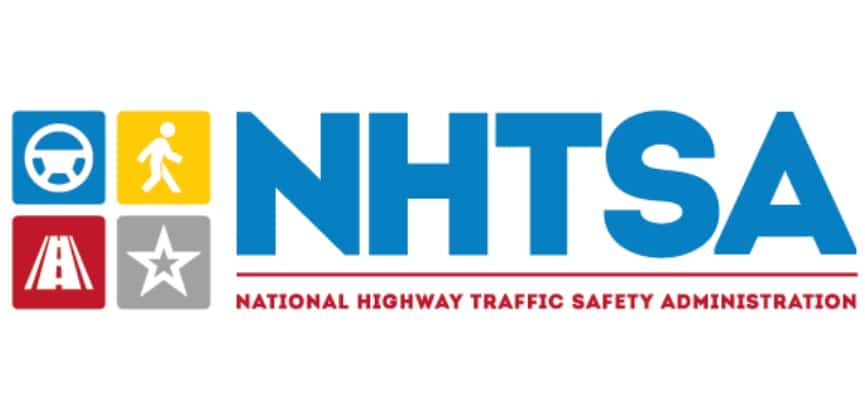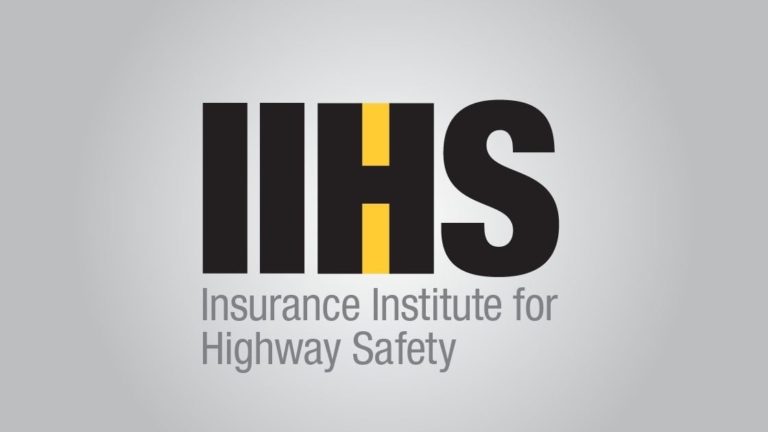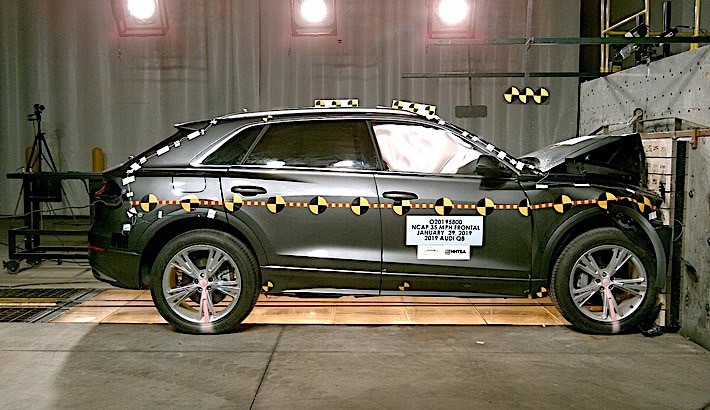Car safety ratings have become an essential factor for consumers when purchasing a vehicle. In the United States, organizations like the National Highway Traffic Safety Administration (NHTSA) and the Insurance Institute for Highway Safety (IIHS) play a critical role in assessing and rating the safety of vehicles.
However, some critics argue that these ratings may be overrated and do not provide a comprehensive picture of a vehicle’s safety. This article looks into the reasons why American car safety ratings might be considered overrated, examining aspects such as testing methods, real-world applicability, and potential biases.
One of the primary concerns regarding American car safety ratings is the testing methods used by organizations like the NHTSA and IIHS. While these agencies conduct rigorous crash tests, they primarily focus on specific scenarios, such as frontal, side, and rollover crashes.
However, real-world accidents can vary significantly in nature and severity. Critics argue that standardized tests may not accurately reflect the diverse range of accidents that occur on the road. For instance, factors like varying speeds, angles of impact, and the presence of multiple vehicles in a collision are not always accounted for in these tests.
Also Read: 10 Most Anticipated SUVs of the Year Bringing Innovation and Performance
Another issue with car safety ratings is their real-world applicability. While crash tests provide valuable data on a vehicle’s performance in controlled conditions, they may not always translate to real-world driving situations.

For example, a car that performs well in a frontal crash test may not necessarily offer the same level of protection in a more complex, multi-vehicle accident. Additionally, the ratings often do not consider other crucial safety factors, such as driver behavior, road conditions, and weather.
As a result, consumers may place undue reliance on these ratings without considering the broader context of vehicle safety. Potential biases in car safety ratings also raise concerns. The automotive industry has a significant influence on safety testing and rating organizations, often funding research and providing vehicles for testing.
This close relationship can create conflicts of interest and lead to biases in the ratings process. For instance, automakers may design their vehicles to perform well in specific tests, rather than focusing on overall safety.
Additionally, the methodologies and criteria used by different organizations can vary, leading to inconsistencies in ratings and making it difficult for consumers to make informed comparisons.
The focus on crash tests alone overlooks other important aspects of vehicle safety. Modern cars are equipped with advanced safety technologies, such as electronic stability control, lane departure warning, and automatic emergency braking.

These features play a crucial role in preventing accidents and enhancing safety. However, safety ratings often do not adequately account for the presence and effectiveness of these technologies. As a result, vehicles with similar crash test ratings may offer vastly different levels of safety in practice.
Moreover, the emphasis on safety ratings can overshadow other important factors that contribute to vehicle safety. For instance, vehicle maintenance and regular inspections are essential for ensuring a car remains safe to drive. Even a highly-rated vehicle can become hazardous if it is not properly maintained.
Consumers should consider a comprehensive approach to vehicle safety, taking into account factors like maintenance, driving habits, and the effectiveness of advanced safety features.
Also Read: 10 Future Concept Cars That Redefine Innovation and Automotive Design

